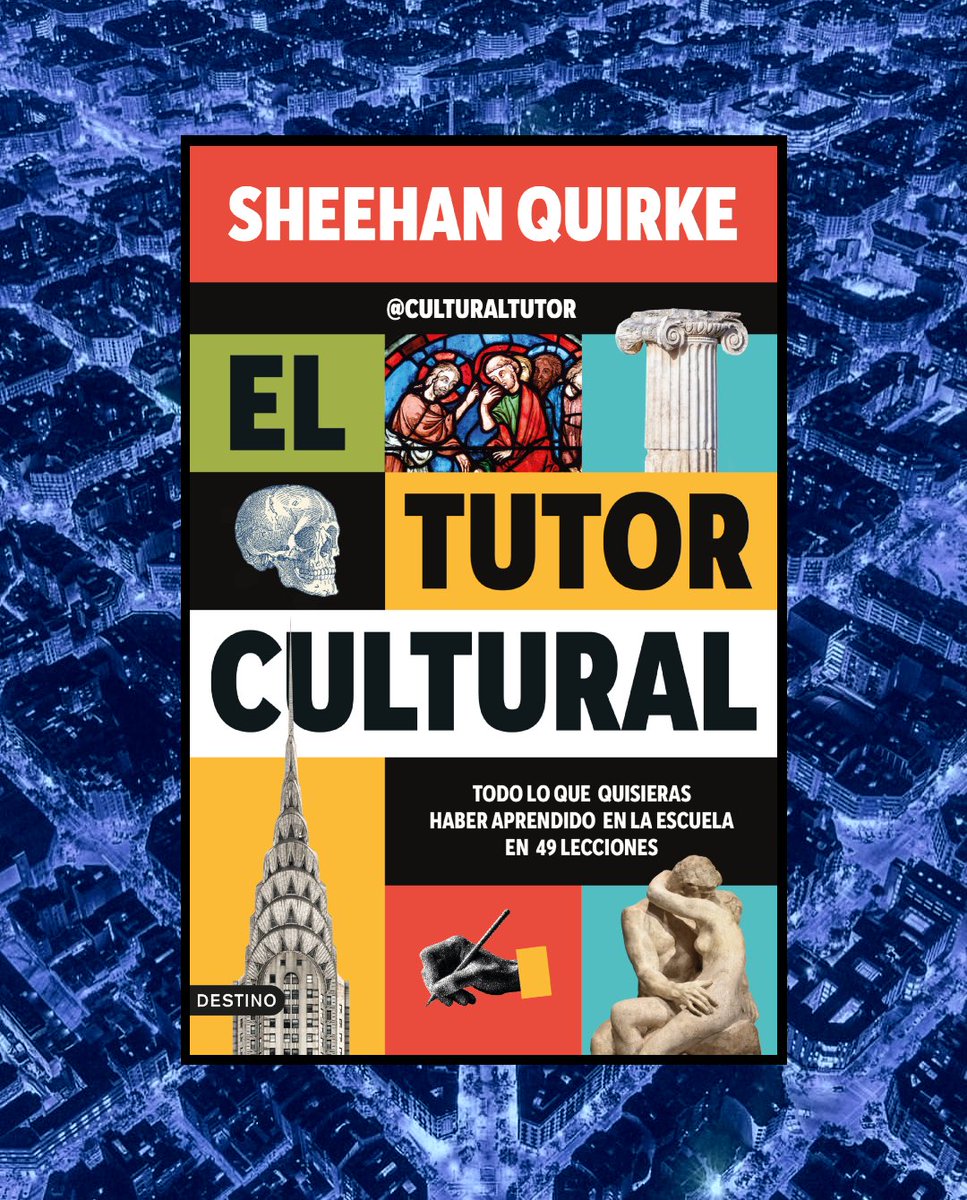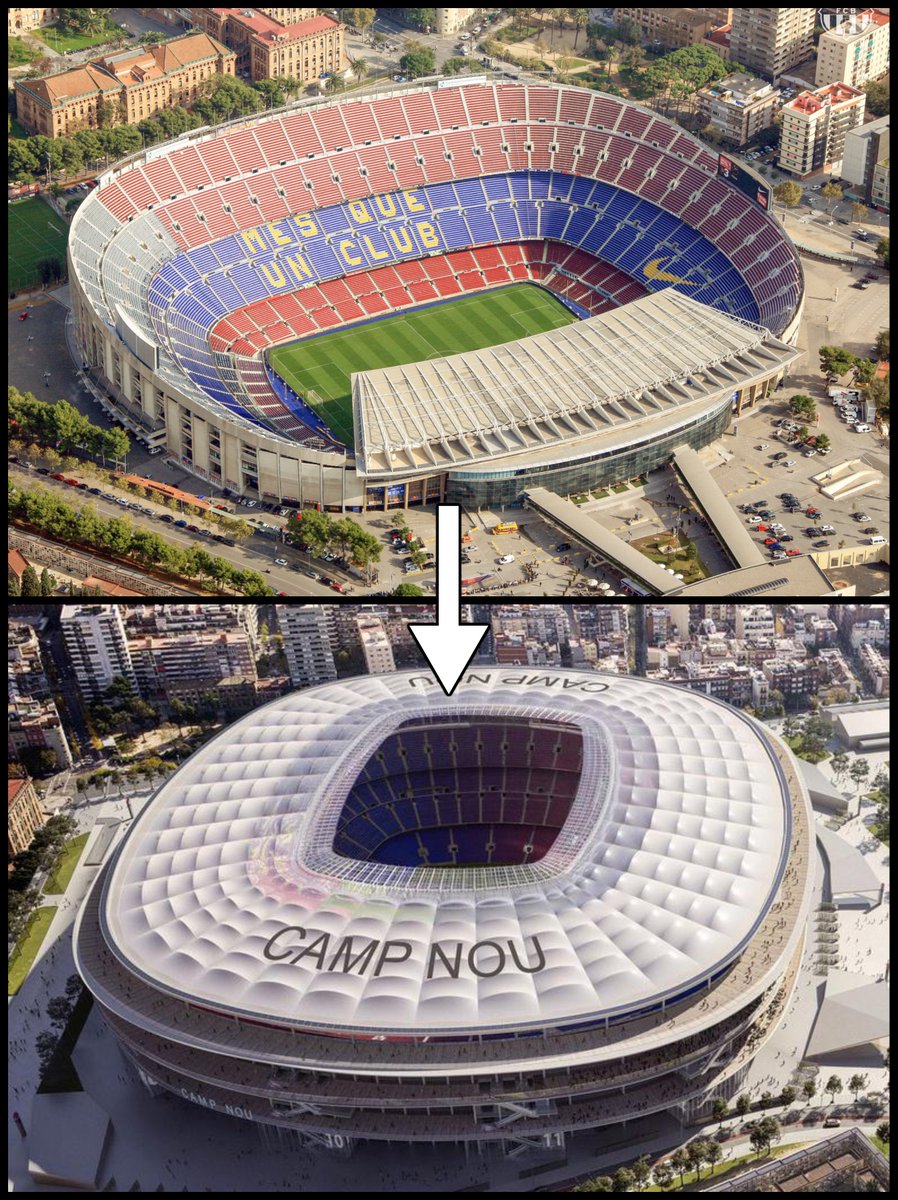Flying horses, incest, giant serpents, patricide, talking goats, eternal punishment, & divine war...
A Brief Guide to (some) Greek Mythology:
A Brief Guide to (some) Greek Mythology:

First there was Chaos, and only Chaos, both a place and a being, the first ever "thing" to exist.
From Chaos came Tartarus (the Underworld), Erebus (Darkness), Nyx (Night), Eros (love), and Gaia (the Earth).
These are the "Primordial Gods" of Greek Mythology.
From Chaos came Tartarus (the Underworld), Erebus (Darkness), Nyx (Night), Eros (love), and Gaia (the Earth).
These are the "Primordial Gods" of Greek Mythology.

Gaia gave birth to Uranus, the sky, and with Uranus (both her son and husband...) gave birth to the Titans, the second generation of gods.
Six males — Oceanus, Coeus, Crius, Hyperion, Iapetus, and Cronus — and six females — Theia, Rhea, Themis, Mnemosyne, Phoebe, and Tethys.
Six males — Oceanus, Coeus, Crius, Hyperion, Iapetus, and Cronus — and six females — Theia, Rhea, Themis, Mnemosyne, Phoebe, and Tethys.

Uranus and Gaia's children also included the three Cyclopes and the three Hecatoncheires.
But Uranus hated his children and feared they would usurp his dominion over the universe, a time referred to as the Golden Age by the poet Hesiod.
So he imprisoned them in Tartarus.
But Uranus hated his children and feared they would usurp his dominion over the universe, a time referred to as the Golden Age by the poet Hesiod.
So he imprisoned them in Tartarus.

Gaia was furious and encouraged her children to rise up against their father. Only Cronus, the youngest, was brave enough.
She gave him a sickle and hid him away... Cronus ambushed and castrated his father, Uranus, thus taking his place and becoming ruler of the universe.
She gave him a sickle and hid him away... Cronus ambushed and castrated his father, Uranus, thus taking his place and becoming ruler of the universe.

Cronus married his sister Rhea and had six children.
But he feared them, for Gaia had prophecied that Cronus would be replaced by one of his offspring.
So Cronus ate each child as they were born, famously painted by Rubens (as Saturn, the Roman name for Cronus).
But he feared them, for Gaia had prophecied that Cronus would be replaced by one of his offspring.
So Cronus ate each child as they were born, famously painted by Rubens (as Saturn, the Roman name for Cronus).

First Demeter, then Hestia, Hera, Hades, and Poseidon.
But Rhea hid their sixth child, Zeus, and gave Cronus a rock wrapped in baby's clothes — he ate that instead.
Zeus was raised in secret (by a goat, some say) until he was powerful enough to challange his father.
But Rhea hid their sixth child, Zeus, and gave Cronus a rock wrapped in baby's clothes — he ate that instead.
Zeus was raised in secret (by a goat, some say) until he was powerful enough to challange his father.

With the help of an ocean nymph Zeus gave his father poison; Cronus threw up Zeus' five siblings and together they rebelled against Cronus and the elder generation of gods.
Allied with them were the Cyclopes, who gave Zeus his thunderbolt and Poseidon his trident.
Allied with them were the Cyclopes, who gave Zeus his thunderbolt and Poseidon his trident.

So the younger gods fought with the Titans, who were also aided by their many children, in a divine decade-long war known as the Titanomachy.
And the younger gods were, in the end, victorious. Zeus imprisoned some of the Titans in Tartarus and gave special punishments to others.
And the younger gods were, in the end, victorious. Zeus imprisoned some of the Titans in Tartarus and gave special punishments to others.

Prometheus, brother of Atlas, had actually fought with the younger gods.
But when he later stole fire from them and gave it to mankind he was punished by Zeus... Prometheus was chained to a mountain, where a bird pecked out his liver each day, only for it to regrow each night.
But when he later stole fire from them and gave it to mankind he was punished by Zeus... Prometheus was chained to a mountain, where a bird pecked out his liver each day, only for it to regrow each night.

And so Zeus had become chief of the gods. He was given the sky, and his brothers Poseidon and Hades took the Sea and Underworld respectively.
While Zeus and his four siblings lived on Mount Olympus, Hades resided in the Underworld with his abducted wife Persephone.
While Zeus and his four siblings lived on Mount Olympus, Hades resided in the Underworld with his abducted wife Persephone.

Hence this third generation of gods (with the exception of Hades) were known as the "Olympians" because of their mythical residence on Mount Olympus.
Seven of Zeus' children joined them: Aphrodite, Athena, Artemis, Apollo, Ares, Hephaestus, ahd Hermes.
Seven of Zeus' children joined them: Aphrodite, Athena, Artemis, Apollo, Ares, Hephaestus, ahd Hermes.

And they are the "Twelve Olympians", the primary gods of the Greek Pantheon.
But the list of Greek mythological figures is immense, involving near-countless gods, goddesses, demigods, and beasts.
And, to complicate matters, they are all related — often in convoluted ways.
But the list of Greek mythological figures is immense, involving near-countless gods, goddesses, demigods, and beasts.
And, to complicate matters, they are all related — often in convoluted ways.

Remember that Cronus castrated his father, Uranus.
Well, Cronus' blood fell on earth and gave rise to the Gigantes, the Erinyes (spirits of revenge), and the Meliads (a type of nymph).
Some legends also say Aphrodite was born from the sea foam produced by Cronus' falling blood.
Well, Cronus' blood fell on earth and gave rise to the Gigantes, the Erinyes (spirits of revenge), and the Meliads (a type of nymph).
Some legends also say Aphrodite was born from the sea foam produced by Cronus' falling blood.

Then there are mythical beasts like Typhon, a colossal serpent born of Gaia and Tartarus, who contest Zeus' authority and was defeated in a battle of cosmic proportions.
Or the many-headed Hydra, famously slain by Heracles during his Twelve Labours, itself a child of Typhon.
Or the many-headed Hydra, famously slain by Heracles during his Twelve Labours, itself a child of Typhon.

And Heracles himself? He was the son of Zeus and a mortal woman called Alcmene, and one of the legendary demigod heroes like Theseus (of Minotaur fame), Bellerophon, and Perseus (of Medusa fame).
Each have their own wealth of legends, associations, rituals, symbols, and worship.
Each have their own wealth of legends, associations, rituals, symbols, and worship.

The myths, so many of them interwoven, go on and on.
Like Phaeton, son of the sun god Helios, who tried to ride his father's chariot across the sky but lost control and veered toward the earth, thus burning it, so that Zeus struck him down.
Like Phaeton, son of the sun god Helios, who tried to ride his father's chariot across the sky but lost control and veered toward the earth, thus burning it, so that Zeus struck him down.

It's also worth remembering that the Greek gods had multiple associations and varied meanings both over time and in different regions.
Apollo, for example, was simultaneously the god of the sun (along with Helios!), light, truth, poetry, philosophy, archery, and more.
Apollo, for example, was simultaneously the god of the sun (along with Helios!), light, truth, poetry, philosophy, archery, and more.

Plus they had different "versions".
Athena, say, was known variously as Athena Pallas, Athena Parthenos, Athena Glaukopis, and more.
Each of these "versions" drew on particulars of her traits, whether wisdom or womanhood or warmongering, and thus the nature of her worship.
Athena, say, was known variously as Athena Pallas, Athena Parthenos, Athena Glaukopis, and more.
Each of these "versions" drew on particulars of her traits, whether wisdom or womanhood or warmongering, and thus the nature of her worship.

And there were also culturally mingled interpretations of the gods, whereby Greek interpretations blended with those of other cultures to form hybrid deities.
A very specific form of the goddess Artemis was worshipped in the city of Ephesus, for example.
A very specific form of the goddess Artemis was worshipped in the city of Ephesus, for example.

If all of that sounds rather complicated or unclear... it is.
But think of it this way: how would you describe something like "the internet" to somebody who had never used it?
Greek society was permeated by its religion, and thus its religion cannot easily be categorised.
But think of it this way: how would you describe something like "the internet" to somebody who had never used it?
Greek society was permeated by its religion, and thus its religion cannot easily be categorised.
There is also no "official" Greek mythology — unlike in the Abrahamic religions there was no scripture to define the exact details of their religion.
And so all these myths have myriad different versions, many of them contradictory, told and retold down the centuries.
And so all these myths have myriad different versions, many of them contradictory, told and retold down the centuries.

And the origins of Greek religion, though not totally clear, are evidently related to the religious traditions of Phoenicia, Egypt, and the civilisations of Ancient Mesopotamia.
And, going even further back, to the mysterious prehistoric gods of Proto-Indo-European religion.
And, going even further back, to the mysterious prehistoric gods of Proto-Indo-European religion.

And that is a very brief, very simplified introduction to the Greek gods. Where to go next?
The epic poets Homer and Hesiod, the lyric poet Pindar, the playwrights Aeschylus and Euripides, the "Library" of Apollodorus, and even the historian Herodotus... enjoy!
The epic poets Homer and Hesiod, the lyric poet Pindar, the playwrights Aeschylus and Euripides, the "Library" of Apollodorus, and even the historian Herodotus... enjoy!

• • •
Missing some Tweet in this thread? You can try to
force a refresh






















